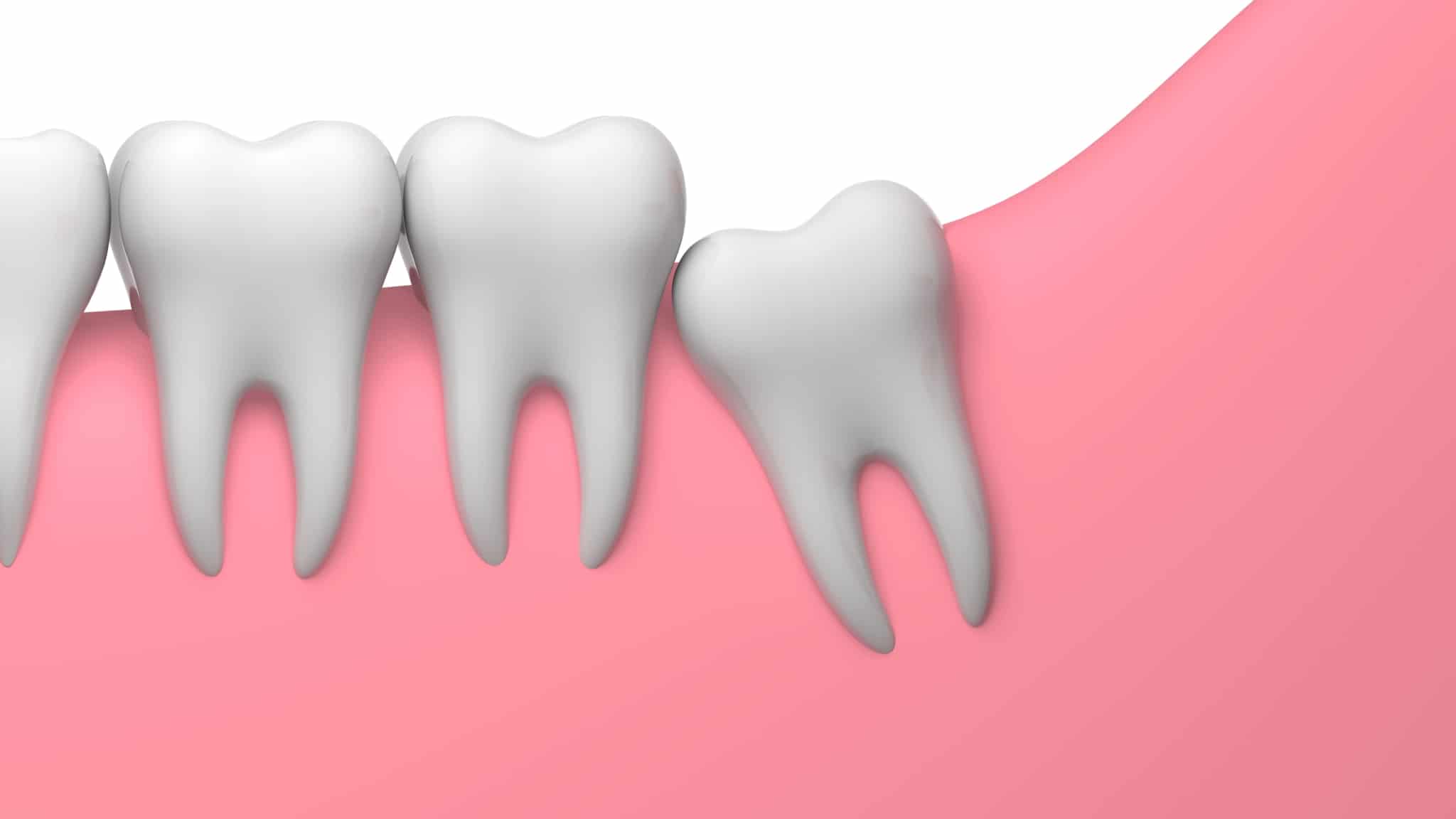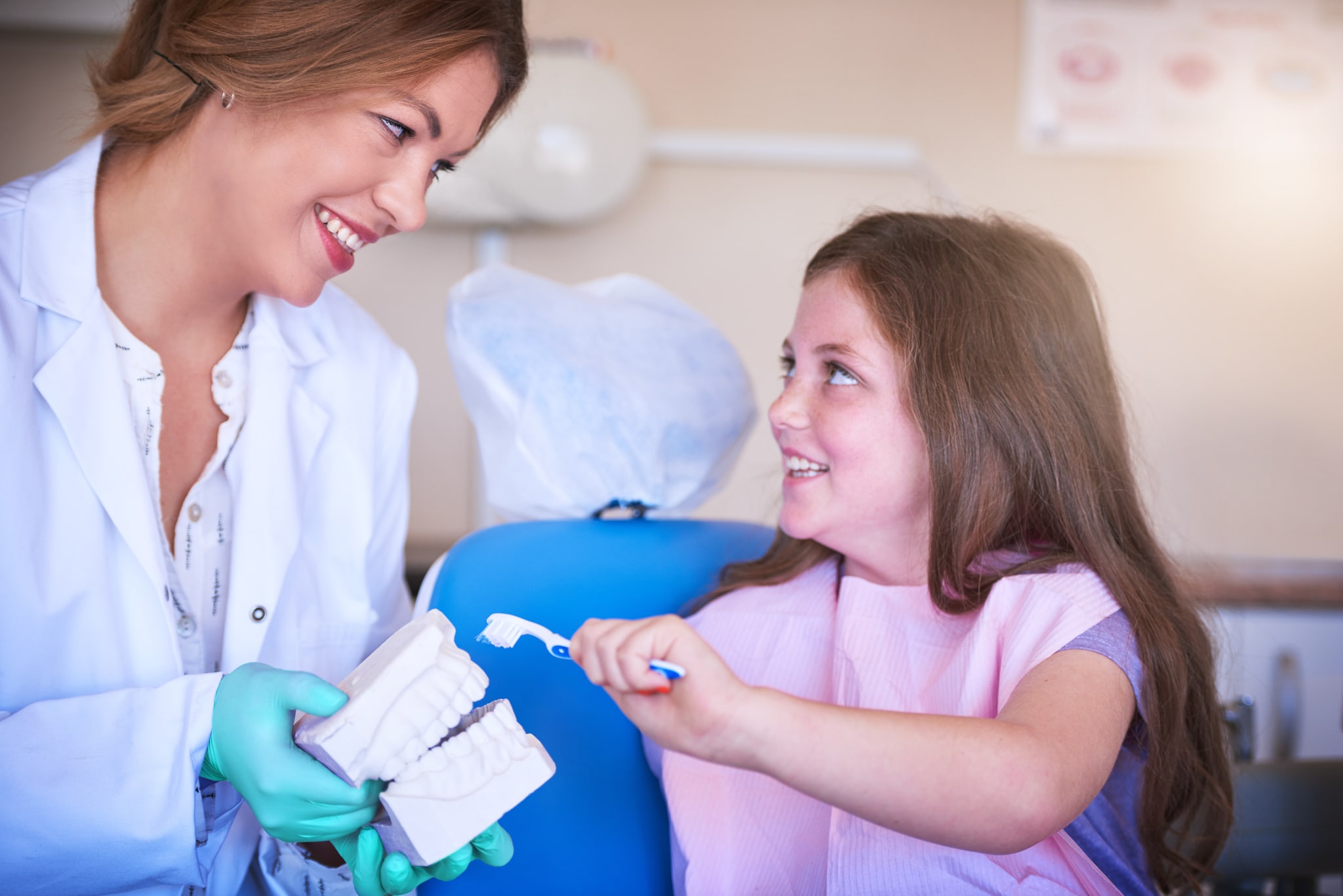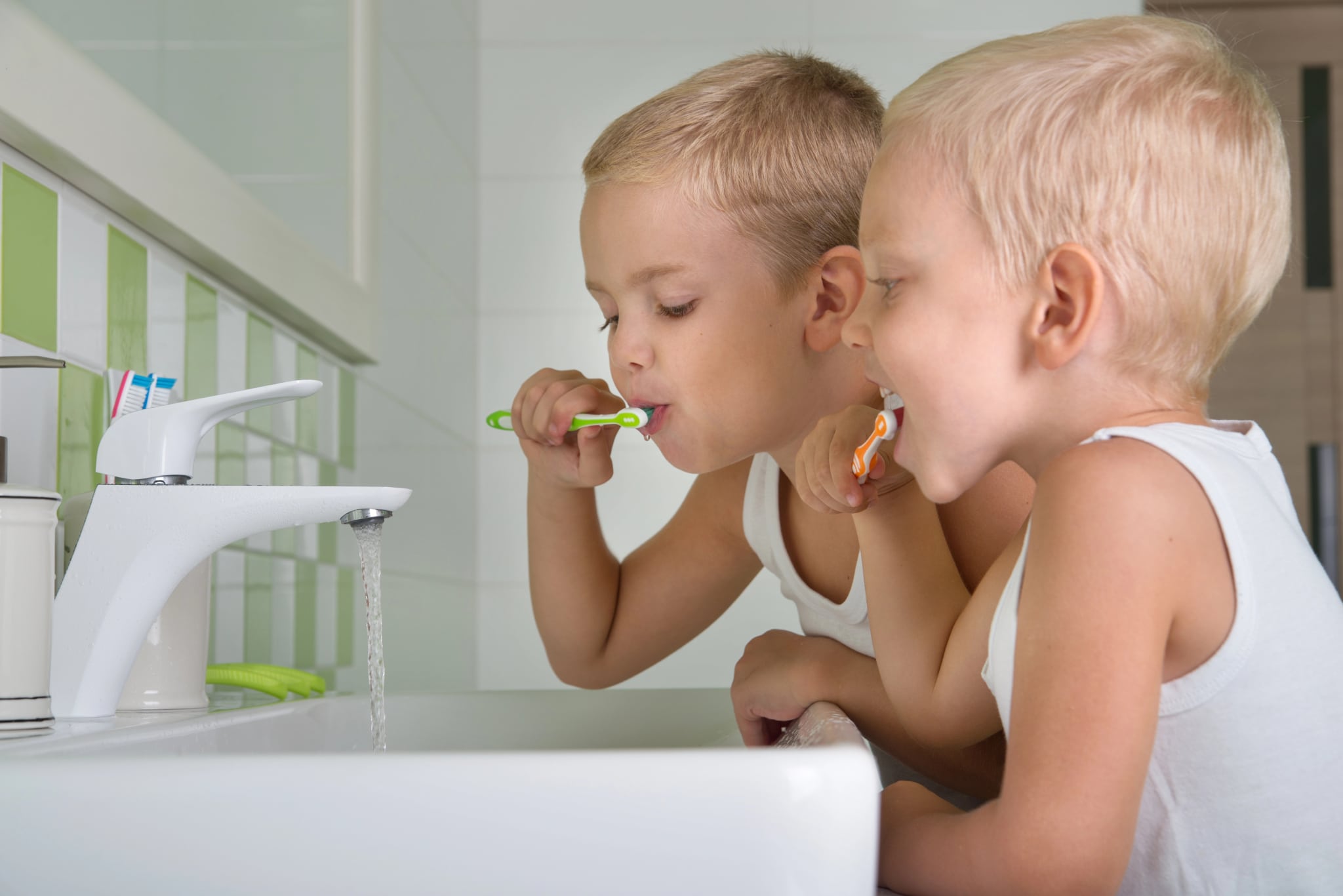As children grow into their teen years, changes in their mouths can go unnoticed—until discomfort begins. One of the most overlooked but impactful developments is the arrival of wisdom teeth. While many associate these molars with adulthood, early evaluation is critical to maintaining kids' oral health. When wisdom teeth don't grow properly, they can lead …
As children grow into their teen years, changes in their mouths can go unnoticed—until discomfort begins. One of the most overlooked but impactful developments is the arrival of wisdom teeth. While many associate these molars with adulthood, early evaluation is critical to maintaining kids’ oral health. When wisdom teeth don’t grow properly, they can lead to pain, crowding, and long-term complications that affect a child’s bite and dental alignment. Understanding when and why removal might be necessary can help parents make timely, informed decisions. (Source: Stanford Medicine Childrens Health, Wisdom Teeth Extraction in Children, https://www.stanfordchildrens.org/en/topic/default%3Fid%3Dwisdom-teeth-extraction-in-children-90-P02310#:~:text=Usually%2C%20an%20initial%20evaluation%20of,removal)%20procedure%20is%20often%20necessary ).
Wisdom teeth usually begin to surface between the ages of 17 and 21. However, dental experts recommend evaluation around ages 16 to 19 to anticipate potential problems before they become serious.
Simcoe Kids Dental comments, “In children who’ve used pacifiers past infancy or who have had prolonged thumb-sucking habits, the shape and development of the jaw may already be altered. This can narrow the available space for third molars, increasing the risk of impaction. Early imaging helps identify these anatomical limitations well before symptoms develop, giving families time to consider treatment options.”
Signs Indicating the Need for Removal
Pain near the back of the mouth, gum swelling, stiffness in the jaw, and difficulty chewing can all indicate that wisdom teeth are emerging improperly. These symptoms may be intermittent, but they can still point to underlying issues such as infection or crowding.
Simcoe Kids Dental notes, “Discomfort linked to wisdom teeth often begins subtly. Teens may describe a tightness in the jaw or occasional soreness during chewing. What’s often overlooked is how these early symptoms can be mistaken for routine orthodontic discomfort or even sinus pressure. When wisdom teeth are erupting under misaligned molars—a common outcome in children with pacifier-induced bite issues—the signs can be atypical and easy to dismiss.”
Complications from Impacted Wisdom Teeth
When wisdom teeth don’t have enough room to emerge properly, they can become impacted. This can result in oral health problems and concerns, such as infections, cysts, jaw pain, bone loss, and damage to adjacent teeth.
Simcoe Kids Dental explains, “Impacted wisdom teeth in adolescents aren’t just about the teeth themselves—there’s often a ripple effect on adjacent molars and the overall bite. Children who previously underwent orthodontic treatment are especially vulnerable; impacted molars can cause re-shifting of teeth or disrupt an otherwise stable arch. Root resorption of neighboring teeth is also a concern, and this process is often silent until permanent damage has occurred.”
The Extraction Procedure
When removal is necessary, a surgical procedure is performed to extract the tooth. This may require a gum incision, bone removal, or tooth sectioning for easier extraction. While it sounds complex, it’s a common and safe process when done with appropriate planning.
Simcoe Kids Dental observes, “The complexity of the procedure often depends on the root development stage. In teens, roots may not be fully formed, which can make extractions simpler and recovery faster. However, root curvature or proximity to the inferior alveolar nerve must be carefully assessed beforehand—especially in younger patients with developing bone structures that are more porous and susceptible to stress.”
Post-Extraction Care
Recovery from wisdom tooth removal typically includes managing pain and swelling, adhering to soft food diets, and ensuring the area is kept clean to prevent infection. Healing times vary, but good post-operative care minimizes complications.
Simcoe Kids Dental shares, “Inflammation control during the first 48 hours is critical. In pediatric cases, dehydration is a common risk after surgery—not because of the procedure itself, but because children may avoid drinking fluids due to discomfort. Close attention to hydration, proper head elevation, and limited physical activity are all essential factors in promoting smooth recovery. Behavioral cues, such as unusual quietness or refusal to eat, are often better indicators of discomfort in children than verbal complaints.”
Why Early Evaluation Matters
Evaluating wisdom teeth early—even before pain or other symptoms appear—allows dental professionals to anticipate problems related to impaction, cyst formation, and dental crowding. Timing is key, especially during the transitional stage between adolescence and adulthood.
Simcoe Kids Dental highlights, “There’s a narrow window in late adolescence where bone density is ideal for intervention. After this, the jawbone becomes more calcified, increasing both surgical difficulty and post-operative discomfort. Children who’ve had delayed tooth eruption or an early loss of baby teeth due to pacifier use may already be on a different eruption timeline, which makes early tracking even more important.”
Parents play a vital role in monitoring changes in their child’s oral health, especially as permanent teeth come in. Subtle signs like recurring jaw tension or difficulty cleaning back molars could be early signals of a developing issue with wisdom teeth. Coordinating with a children’s dentist who understands pediatric-specific growth patterns can ensure that any necessary extractions are done at the safest, most effective time.
Simcoe Kids Dental expresses, “Wisdom teeth aren’t a universal problem—but when they do become an issue, their impact on developing mouths can be significant. Careful observation, growth tracking, and individualized risk assessment are the foundation of responsible tooth extraction in children. Recognizing how habits like prolonged pacifier use shape oral structures helps refine this approach even further.”






